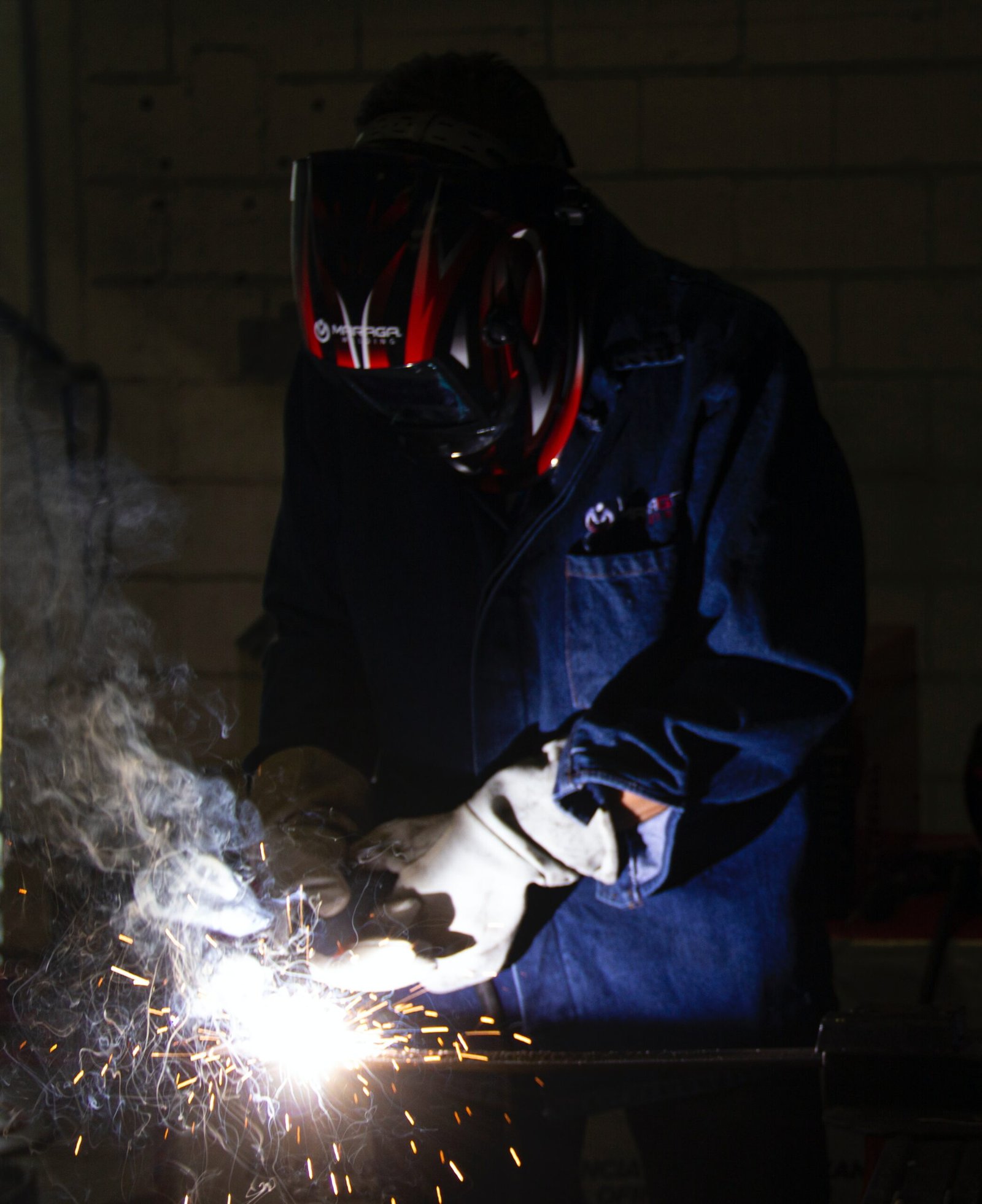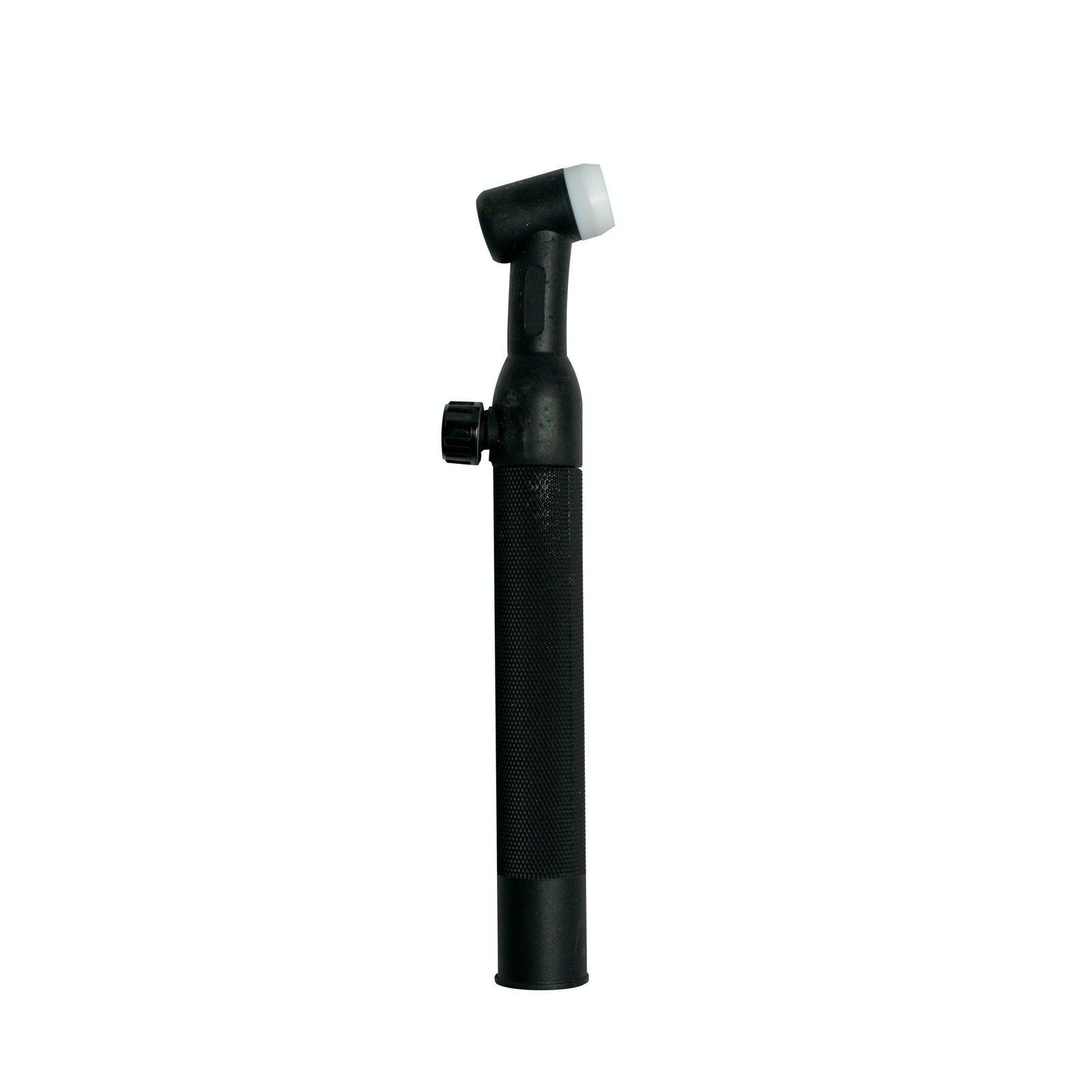Spot welding machines are widely used in various industries for joining two or more metal pieces together. This welding technique involves the application of heat and pressure to create a strong bond between the workpieces. Spot welding is commonly used in automotive, aerospace, construction, and manufacturing industries, among others.
What is a Spot Welding Machine?
A spot welding machine, also known as a spot welder, is a specialized welding device that utilizes electrical resistance to join metal surfaces. It works by passing an electric current through the workpieces, creating intense heat at the point of contact. The heat causes the metal to melt and fuse together, forming a secure weld.
Spot welding machines consist of two copper electrodes that apply pressure and conduct the electric current. The electrodes are positioned on either side of the workpieces, and when the current is applied, the heat generated melts the metal, creating a weld nugget.
Types of Spot Welding Machines
There are several types of spot welding machines available, each designed for specific applications and varying in their features and capabilities. Let’s explore some of the common types:
1. Resistance Spot Welding (RSW)
Resistance Spot Welding (RSW) is the most widely used type of spot welding. It involves applying pressure and passing a high electric current through the workpieces. RSW is commonly used in the automotive industry for joining sheet metal components, such as car body panels.
2. Projection Welding
Projection welding is similar to resistance spot welding but is specifically used for joining metal parts with raised or embossed features. It is commonly used in the manufacturing of electrical components, such as switches and connectors.
3. Seam Welding
Seam welding is a continuous welding process used to create a leak-proof joint along a seam. It involves rotating wheel electrodes that apply pressure and current as they move along the joint. Seam welding is commonly used in the production of fuel tanks, pipes, and other cylindrical or tubular components.
4. Flash Butt Welding
Flash butt welding is a type of spot welding used for joining large metal workpieces. It involves clamping the workpieces together and passing a high electric current through them. The heat generated causes the ends of the workpieces to melt, and then they are pressed together to form a solid weld.
5. Capacitor Discharge Welding (CDW)
Capacitor Discharge Welding (CDW) is a spot welding technique that utilizes a capacitor bank to discharge a high current through the workpieces. CDW is commonly used for delicate or thin materials, such as electronic components, where excessive heat could damage the parts.
6. Laser Spot Welding
Laser spot welding is a precise and efficient spot welding method that uses a laser beam to generate the heat required for welding. It is commonly used in industries where high precision and minimal heat-affected zones are crucial, such as the electronics and medical device manufacturing sectors.
Conclusion
Spot welding machines are versatile tools that play a vital role in various industries. Understanding the different types of spot welding machines and their applications can help businesses choose the right equipment for their specific welding needs. Whether it’s joining car body panels, electrical components, or delicate electronic parts, spot welding machines offer reliable and efficient solutions for creating strong and durable welds.


